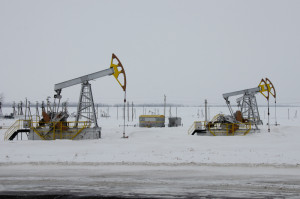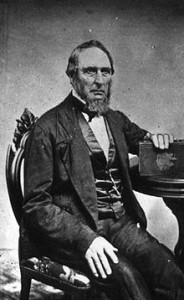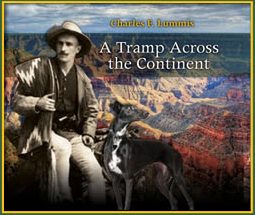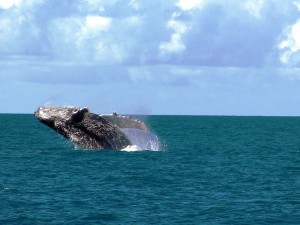Subscribe now to automatically receive our Listen2Read blog:
Listen to Samples From the Audiobooks:
Recent Posts
HOW TITUSVILLE PENNSYLVANIA SAVED THE WHALES
CHRISTMAS ON STORMY SOUTH AFRICAN SEAS WHERE THE WORLD IS STILL FLAT
THE DOOMED MEN OF THE COLORADO RIVER
THE MORNING WHEN PRESIDENT LINCOLN DIED
WHAT HAPPENED TO AMELIA EARHART’S AIRPLANE ‘THE FRIENDSHIP”?
Additional Listen2Read Titles
-
Unabridged
Narrative of the Most Extraordinary and Distressing Shipwreck of the Whale Ship Essex
$14.95 – $29.95 Preview
KILLING WHALES FOR NO REASON AT ALL

The brutal murder of the earth’s whale population for many years has had animal rights activists up in arms. Today, most countries have agreed to stop the atrocious killing. Japan, Norway and Iceland are the only three countries which sanction whale hunting.
According to the Whale and Dolphin Conservation, these three countries kill 2000 whales per year. Japan, however, has dramatically reduced consumption of whale meat.

During and just after World War II, whale meat made up almost half the Japanese diet and allowed people to survive difficult times. In the late 1930s, more than 50,000 whales were killed annually by Japan. Today, the Nippon Research Center reports that 95% of the Japanese population never or rarely eats whale meat.
The International Whaling Commission banned commercial whale hunting in 1986, but Norway, Iceland and Japan continue the practice under the loophole of “scientific research”.
If whales are hunted not for food, not for oil, not for anything but the act of killing itself, it would be a shocking demonstration of brutality. I am sad to report that there was such a case.
The Soviet Union had a massive whale hunting program, beginning around 1946, according to Charles Homans, writing in the Pacific Standard, the award winning magazine of the Miller-McCune Center for Research, Media and Public Policy.
By 1956, Soviet whalers ventured out of Odessa, Ukraine and made their way to Antarctica, where they began hunting whales. In 1957, the Soviet whalers reported huge numbers of humpback whales around Australia and New Zealand.

Sovetkaya Rossiya
By 1959, the largest whaling factory ship ever built, Sovetkaya Rossiya, came into service. The Soviets killed nearly 13,000 whales in the 1959-1960 season alone, according to Charles Homans.
A dramatic and unexpected change took place in the 1961 season. The huge numbers of whales had simply disappeared. What was expected to be a record catch turned into a huge disappointment of only a few hundred whales. Over-hunting had decimated the whale population.
But why did the Soviet Union’s massive hunt for whales take place at all? Russia didn’t need whale products.

Whale oil from blubber wasn’t used during the Soviet era because Russia has one of the largest underground petroleum reserves in the world. Petroleum had completely replaced whale oil.
I enjoy Russian food very much, but I haven’t noticed any whale meat on any Russian menu I’ve encountered. The famous beluga caviar comes from a fish, the sturgeon, not a whale. So, why would there have been such a massive program to kill whales instituted by Russia – a country that had absolutely no use for whale products?
The answer: It was a “make work” project to make a five-year Soviet economic plan look good. Keeping in mind that the salaries and costs of whaling were born totally by the Soviet Government, the measurement for success was the sheer number of whales killed and not their economic value.

Pacific Standard reporter Charles Homans, now Digital Editor for the New York Times, who discovered the story of the Soviet whalers, interviewed crew members of the Soviet whaleships for his story in the Pacific Standard. He learned that international public documents were faked. He called the disappearance of 180,000 whales, “the most senseless environmental crime of the 20th century.”
This kind of information can make humans sympathetic to the story of the first reported whale, who became angry at the whalers and sought revenge. It happened in 1837 to the ship and crew of the whaleship Essex.

While hunting and butchering whales 1500 miles from land, in the Pacific Ocean, the American whaleship was suddenly attacked by a monster whale. The whale charged the ship at high speed and crashed into it below the water line. Then, the whale swam under the ship and crashed into it again on the other side.

The First Mate of the doomed Essex, Owen Chase, wrote his eye -witness account of both the disaster and the terrible struggle of the crew to survive at sea.
A famous story, it is the inspiration for Herman Melville’s novel, Moby Dick, and is the basis for a major motion picture that will be released later this year.
I recorded Chase’s 1837 amazing story
“Narrative of the Most Extraordinary And Distressing Shipwreck of the Whaleship Essex” as an audiobook for our Listen2Read American Adventure Library series. Here’s a link to a free preview: https://listen2read.com/narrative-of-the-most-extraordinary-and-distressing-shipwreck-of-the-whale-ship-essex/
Andre Stojka
Publisher
Listen2Read
Audiobooks
© 2015Listen2Read,LLC
PS: Here’s an on-line link to Charles Homans’ original story in the Pacific Standard;
Additional Listen2Read Titles
-
Unabridged
Narrative of the Most Extraordinary and Distressing Shipwreck of the Whale Ship Essex
$14.95 – $29.95 Preview




















